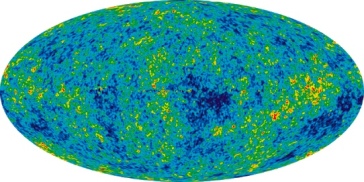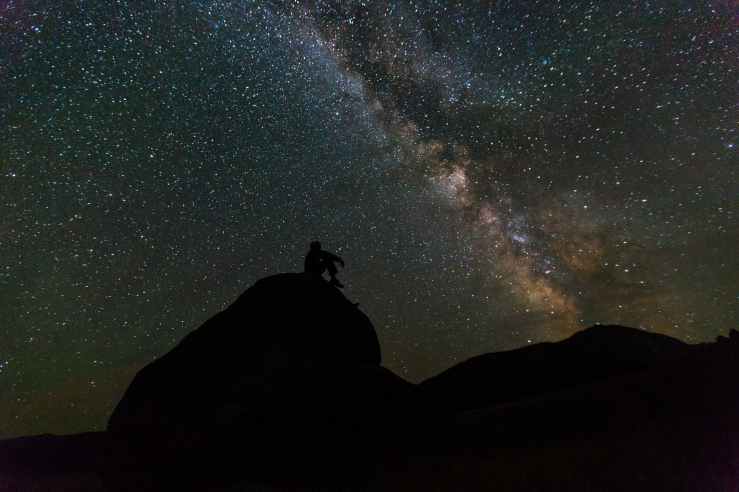In order to make time-travel possible, the speed of light has to be exceeded which is approximately 300,000 km/s.
Such speed would clearly require a tremendous amount of energy.

In fact it’s impossible according to Special relativity, which says nothing can exceed the speed of light if started slower than it. Chances are only if there exists an inherently faster-than-light particle (Tachyon), which is just a hypothesis.
But there’s a whole new way of experiencing time travel that most of us aren’t aware of. To do that we don’t have to chase light but rather use it.
All you need is to look up. If you’re used to gaze at night sky as if it is happening now, you’re wrong.
The stars will appear instantaneous to you only if the speed of light is infinite. But the speed of light is finite. So it takes time for the star’s light to reach us.
For example, it takes 8 minutes for the light from sun to reach us, which means we see sun only how it was 8 minutes ago.
All the stars appear as how they were a time ago, not how they are now.

If you spot a shooting star, it has already fallen probably a thousand years ago, and the moment you see it is indeed a form of time travel.
These delay in lights (including the nearest moon which lies one-second in the past), depends on distance between the star and earth, calculated in light years. If a star is 100 light years away – you are looking 100 years straight back in time.
But even that is a small number. An unaided eye is capable of seeing distant star as far as 4000 light years away (in the constellation Cassiopeia).
And how did you think scientists confirmed Big-bang theory as the origin of universe without traveling back in time?
Of course – they looked up in the sky. Using special telescopes, they were able to map the oldest light in the universe, Cosmic Microwave Background
 – the fingerprint of baby universe frozen in time as how it was 13.7 billion years ago.
– the fingerprint of baby universe frozen in time as how it was 13.7 billion years ago.
This is definitely a beautiful phenomenon hiding behind the numerical value of speed of light.
You can’t gaze at the sky without looking into the past.

No comments:
Post a Comment